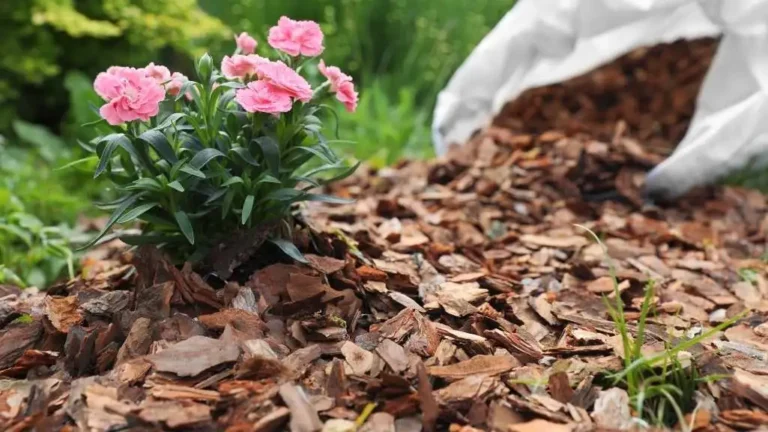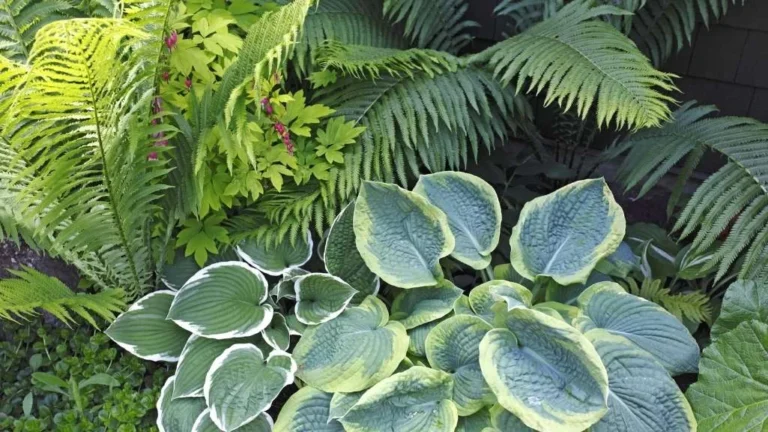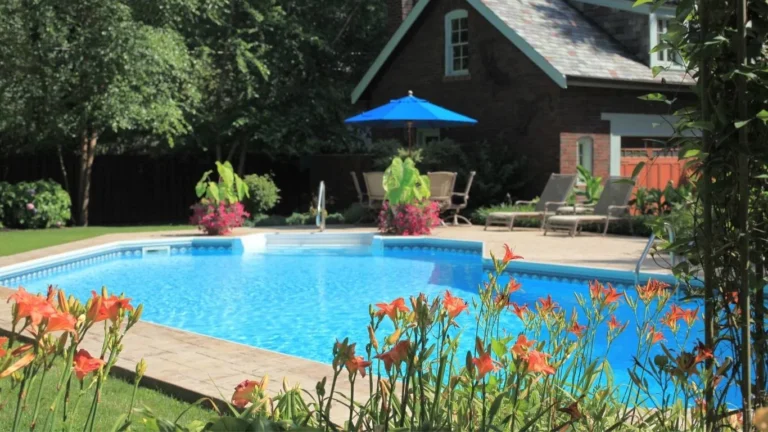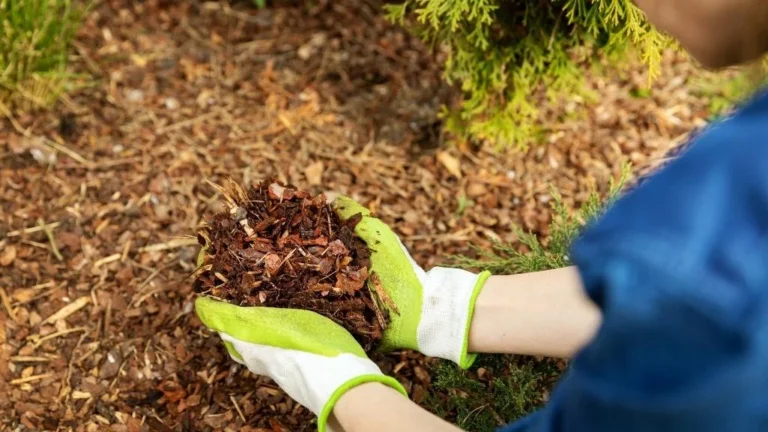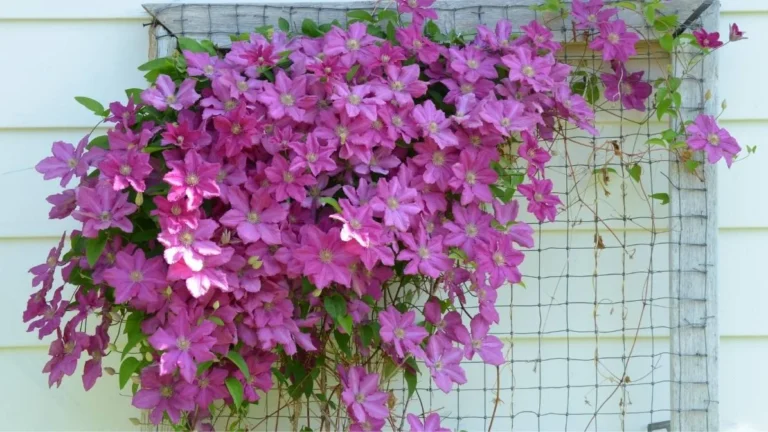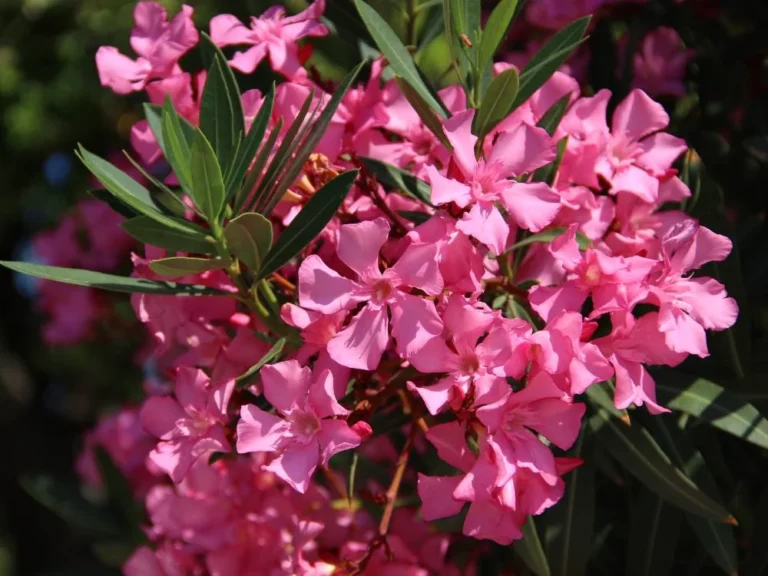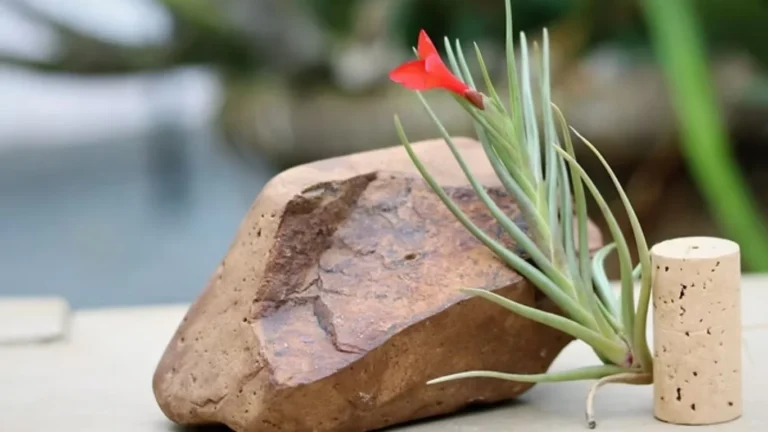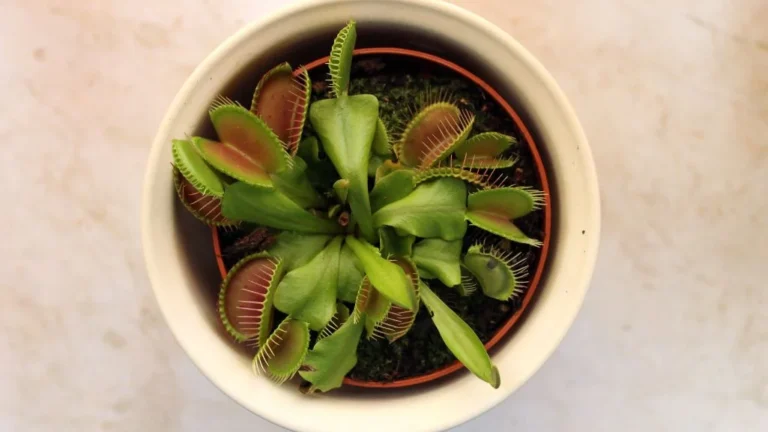Spider Plant, At a Glance
Scientific name | Chlorophytum comosum |
Family | Asparagaceae |
Common Name | Spider Plant, Airplane Plant, Ribbon Plant, St. Bernard’s Lily, Spider Ivy, Hen and Chickens, Spider Lily |
Native | Central and Southern Africa |
Hardiness Zone | USDA 9 to 11 |
How It Looks
Leaves
The name of the plant came from its appearance. The plant has ribbon-shaped arching leaves with pointed ends. It has a white color stripe on green leaves. Sometimes, there is a yellowish or wide white stripe in it, according to different variations. Spider plants can grow offshoots, which resemble spider legs.
Height
Generally, this plant can grow around 12-18 inches indoors. In the case of the outdoor environment, it can go up to 24 inches
Types of Spider Plant
There are different types of spider plants. The most commonly seen variations are- Green spider plant, Variegated spider plant, Reverse variegated spider plant, Curly spider plant, Bonnie spider plant, Zebra grass spider plant, Vittatum Spider Plant, and Medio-Pictum Spider Plant.
Growing Conditions of Spider Plant
Requirements for spider plant at a glance
Elements | Requirement |
Sunlight | Indirect bright sunlight, Low light |
Temperature | 65–75 degree Fahrenheit |
Humidity | 30%-60% |
Soil pH | 6.0-7.0 |
Soil mixture | Moist, well-drained |
Container | Ensure drainage hole. |
Water | After 1-2inches of topsoil drying out |
Fertilizer | Nitrogen-based fertilizer is used once or twice a month during its growing period. |
Note: The soil pH level indicates how acidic or neutral the soil is. On a scale of 1 to 10, with 7 indicating neutrality, a pH value less than 7 indicates acidity, while a value greater than 7 indicates alkalinity. Spider plants grow well in neutral soil.
Prepare Perfect Soil Mixture
Moist and well-drained soil is necessary for a spider plant. Ensure the soil does not hold water for too long; this can cause root rot. The ideal potting mix for a Spider plant consists of 40% gardening soil, 25% compost (to ensure nutritional value), and 35% coco-peat, wooden chips or peat moss (to retain soil moisture and provide aeration). Perlite should be used cautiously as spider plants are fluoride-sensitive.
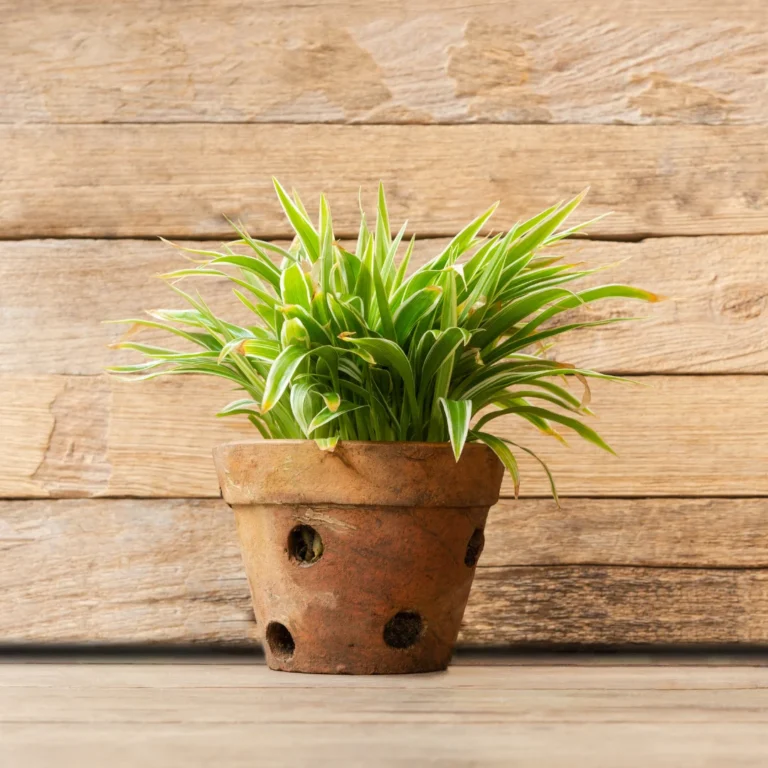
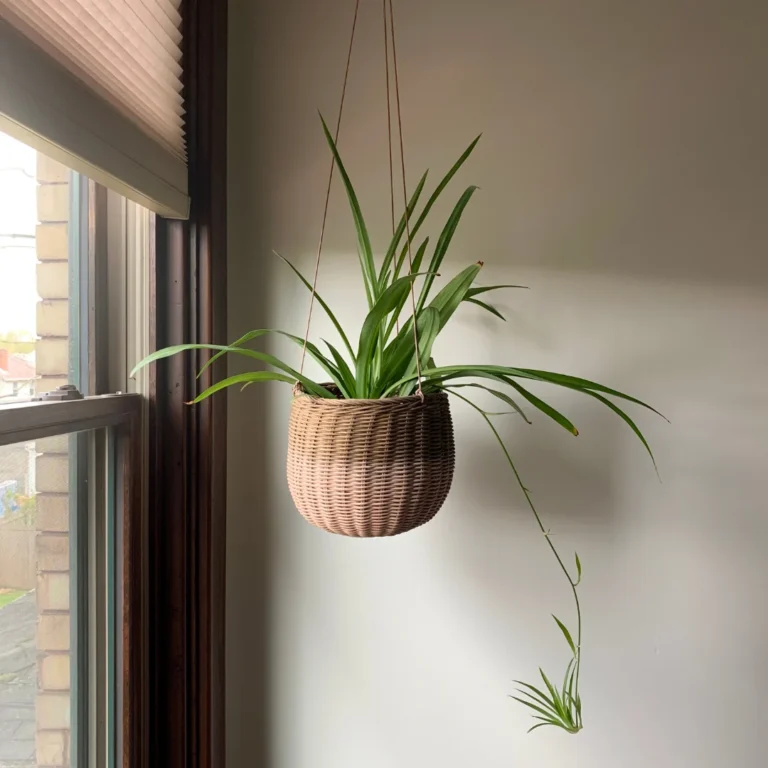
Choose the Right Container
Spider plants require a well-draining system. Therefore, containers of clay, terracotta, plastic, and fabric materials suit this plant. Clay and terracotta pots excel in moisture regulation and aeration, which is helpful in humid environments. On the other hand, plastic pots retain moisture, which is advantageous in less humid environments. On the other hand, spider plants are well suited for hanging planters. So, there are many options when it comes to container choice. Choose a container according to environment and preference. Two considerations must be taken into account when selecting a container for a Spider plant:
- Ensure there are drainage holes at the bottom of the container.
- The container’s size should be approximately 30% larger than the current size of the plant’s root system.
How Much Sunlight It Needs
Spider plants require bright, indirect sunlight. They can also survive in low light, but if you want more offshoots from your spider, they must be kept in indirect bright sunlight throughout the day. Direct sunlight can burn the leaves. The plant’s blooming also depends on the lighting system.
When and How to Water
This plant can tolerate a little bit of drought. So, water needs to be provided when 1-2 inches of the upper layer of the soil gets dried out. The finger dip method can be used; water is needed when the soil doesn’t stick to your finger. Generally, spider plants require water every 3-4 days in summer, but it varies according to temperature and humidity. In summer, take special care of its offshoots, and remember to spray water on them daily9; otherwise, they may turn brown and eventually die. Spider plants have fibrous roots, and they are often root-bounded. So, when watering, make sure the whole root system of the plant absorbs water. Put a bowl under the pot before watering. Thoroughly water the plant and let the roots absorb water by keeping it in the bowl for a few seconds on the water from the drainage holes.
Fertilizer for Spider Plant
Spider plants are not great feeders like other houseplants. In its growing season, a water-soluble nitrogen-based fertilizer can be used. Use fertilized once or twice a month. Avoid putting fertilizer in the plant’s dormant period in winter and fall.
When and How Re-pot
Repotting means changing the plant’s existing container. Generally, repotting is done after buying a new plant, in case of root-binding, or when the current potting mix is too old to provide sufficient nutrition. Signs like fewer offshoots, soil drying out frequently, and water running straight out of the container are noticed when repotting is required.
Guidelines for re-potting
After buying a new plant, wait for at least a week days before repotting. Let the plant adjust to the new environment. Repot the plant in its growing season, which is spring and early summer.
- Choose a container that is larger than the current pot.
- Prepare a moist, well-drained potting mix.
- While repotting, gently remove the plant from the existing container with soil. Pulling the plant without soil is strictly not recommended.
- Inspect the roots for rot or fungal diseases before putting the plant in the new container.
- Now, put some new potting mix in the new container, place the plant in the center of the pot with old soil around its root, and fill the container with new potting mix. Press the soil to fill any air pockets and secure the root ball.
- Ensure the whole root system is covered with soil.
- Pour an optimal amount of water immediately after repotting (pour water until it comes out of the drainage hole).
- After repotting, keep the plant in a stable environment.
- After a few days, the plant is ready for its regular care.
Pruning Spider Plant
Pruning is an easy process for spider plants. Check for yellow and dead leaves and cut them off at the soil level. After buying a plant or repotting a plant, some broken leaves can be observed. These broken leaves also need to be pruned.
Protect from Pest
Spider plants can be attacked by pests in both indoor and outdoor environments. The common pests that may attack the plant are mealybugs, spider mites, aphids, and fungus gnats. After encountering any of the pests, separate the plant immediately. Neem oil and Insecticidal soap best prevent and cure the plant from the attack of mealybugs, spider mites and aphids. Avoid overwatering to prevent fungus gnats.
Dealing with Other Common Issues
- Tips browning indicates too much fertilizer or lack of humidity, under watering or excessive direct sunlight.
- Stunted growth and yellow offshoots or Spiderettes indicate less nutrition.
- Root rot occurs due to water logging or overwatering. Choose a container with a drainage hole and allow soil to dry out between watering.
- Yellow leaves are seen due to excessive sunlight, and leggy growth occurs due to less light. So, provide the plant with adequate lighting.
Propagation Process
Spider plant propagation is different from other plants because this plant produces offshoots. Usually, the plant produces an offshoot during summer after blooming. This propagation process can be done in two ways.
From offshoots
- Cut the offshoot when small roots are visible and place it in water. Wait till the roots are visible. Usually, within a week, roots start to come out. Then, place the baby spider in a well-drained moist soil. Keep the plant in indirect bright light and keep the soil moist, but avoid overwatering.
- As the offshoots come out of the plant with a long stem, don’t cut them. Directly put the baby in the soil in another pot while connected to the mother plant. After a few days, when the roots are developed, cut the baby plant from the mother plant.
By division
Another way of propagating spider plants is when the plant is not producing offshoots or spider babies. The process is propagating from roots. The process is following.
- First, gently remove the plant with soil from the container.
- Then carefully separate the roots with some leaves. Using a sterilized knife is necessary. Ensure every foliage has a sound root system with it.
- Now place them in the soil. Provide the necessary water and keep them in indirect bright sunlight.
Tips for Spider Plant to Bloom
- Ensure 10 to 12 hours of indirect bright sunlight, making the plant bloom frequently.
- Keep the soil moist regularly.
- Try to keep the temperature consistent. During the hot summer, spray water on the plant leaves every day.



